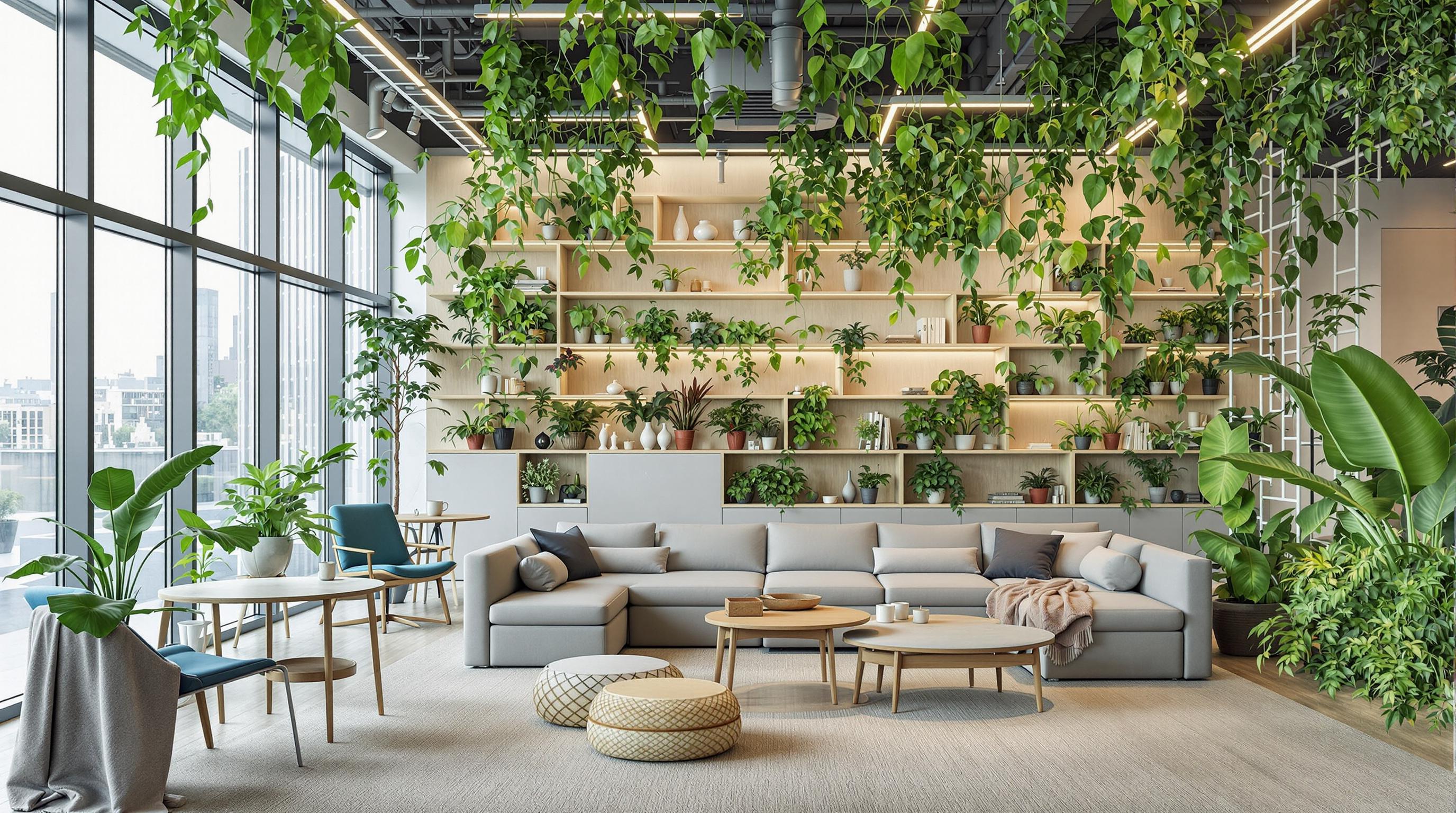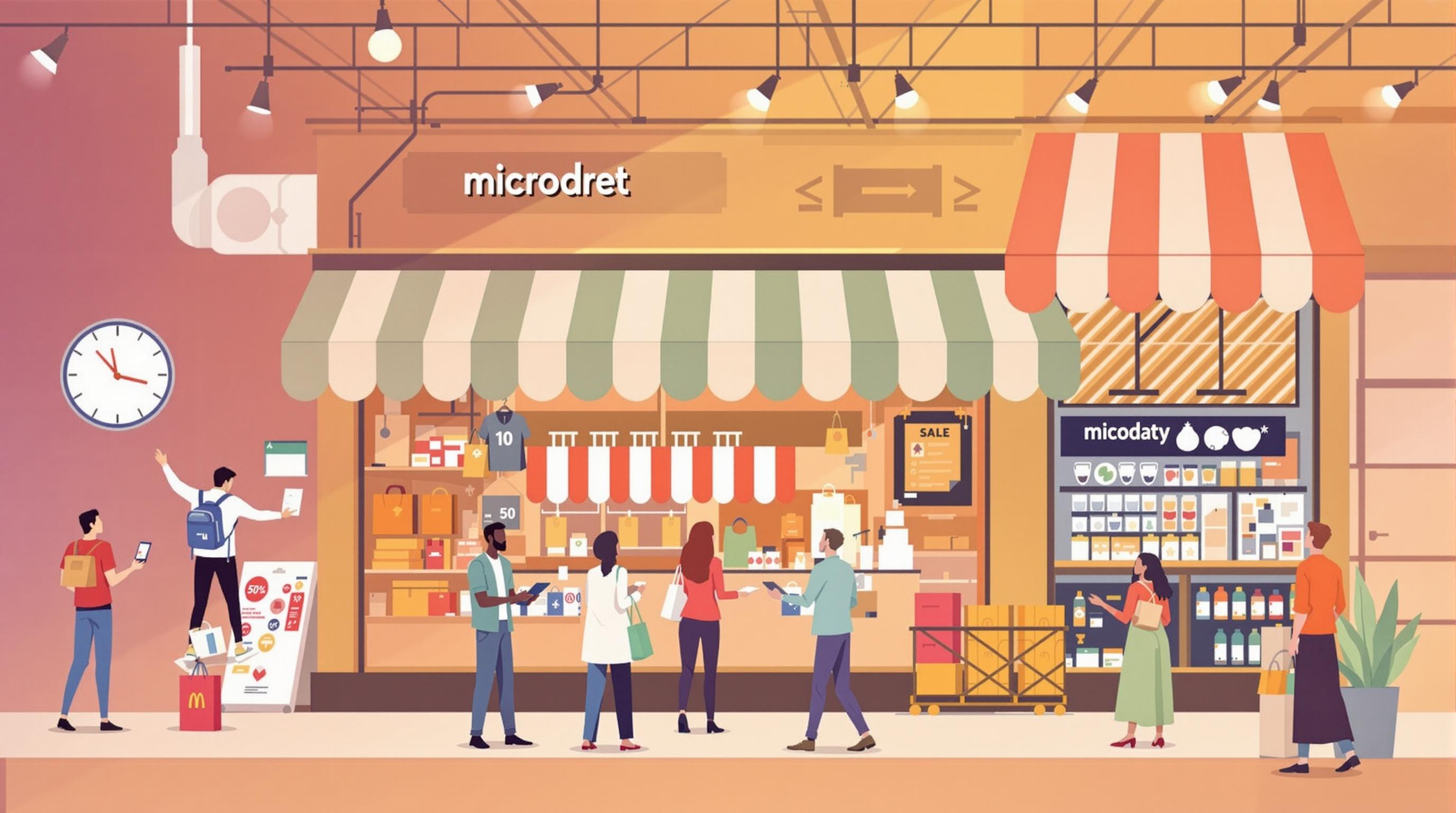Related Articles
- Navigating the Talent Labyrinth: How Emotional Intelligence Is Shaping New Hiring Practices in Unseen Markets
- Behind the Scenes: How Automating HR Processes Is Redefining the Future of Recruitment and Job-Seeking Strategies
- Beneath the Surface: Unveiling the Surprising Role of Environmental Sustainability in Shaping Future Careers
- Exploring the Quirky Side of Remote Work: How Hobbies Are Fueling Professional Success in Unexpected Ways
- How the Remote Revolution is Inspiring Unlikely Friendships Across Continents: A Study of Global Connectedness
- The Unforeseen Bond: How Virtual Coworking Spaces Foster Unexpected Connections Amidst Remote Work
12 Unexpected Job Market Trends: The Surprising Influence of Biophilic Design on Workplace Culture and Employment Dynamics
12 Unexpected Job Market Trends: The Surprising Influence of Biophilic Design on Workplace Culture and Employment Dynamics
12 Unexpected Job Market Trends: The Surprising Influence of Biophilic Design on Workplace Culture and Employment Dynamics
Introduction to Biophilic Design
Biophilic design is an innovative approach that integrates natural elements into urban environments and workplaces, fostering a connection between people and nature. This concept has gained traction over the last decade, especially as organizations recognize the profound psychological and physiological benefits that greenery and natural light can provide. By incorporating biophilic principles, workplaces can enhance employee well-being, satisfaction, and productivity.
Recent studies indicate that environments enriched with biophilic design elements can lead to significant improvements in employee health and work performance. According to a study by Terrapin Bright Green, workplaces with biophilic elements report a 15% increase in employee creativity and a 6% increase in productivity. Such improvements illustrate the potential of biophilic design to go beyond aesthetics and profoundly reshape workplace dynamics.
The impact of biophilic design extends to recruitment and retention strategies, as organizations that prioritize such environments cultivate a positive workplace culture that attracts top talent. As industries adapt to the evolving needs of the workforce, biophilic design stands out as a trend worth examining closely.
Changing Employee Expectations
Today’s job seekers are more informed and discerning than ever, with increasing expectations surrounding workplace environments. As remote work becomes more prevalent, candidates are not only evaluating compensation but also the quality of their potential workplace. A growing number of candidates prioritize firms that incorporate biophilic design, signaling this trend's substantial influence on hiring practices.
Research indicates that employees who work in environments that maximize natural light and incorporate greenery experience lower stress levels and an increased sense of well-being. This aspect has critical implications for recruitment; prospective employees often inquire about the workplace environment during interviews, demonstrating that biophilic design may serve as a deciding factor in a candidates’ job choice.
Moreover, organizations that fail to embrace biophilic principles risk losing out on top talent as they may be perceived as outdated or indifferent to employee well-being. Thus, businesses must adapt their environments to meet changing employee expectations, reflecting broader market trends toward integration between well-being and workplace design.
Enhanced Productivity and Performance
Numerous studies have consistently shown a correlation between biophilic design and enhanced productivity. Environments that seamlessly blend natural elements into the workspace can lead to sharper focus and increased engagement among employees. Companies that implement such designs report that employees feel more energized and inspired, leading to improved overall performance.
Simplistically put, when employees feel connected to nature—whether via indoor plants, natural architecture, or ample daylight—they are less likely to experience fatigue. A study published in the journal “Sustainable Cities and Society” found that workplaces with biophilic elements could increase worker productivity by as much as 15%, significantly enhancing a company’s bottom line.
This boost in productivity is vital for organizations aiming to stay competitive in today's fast-paced market. Companies focusing on biophilic design not only boost employee morale but also improve financial indicators through greater efficiency and output, showcasing that thoughtful workplace design pays off.
Employee Retention and Job Satisfaction
Biophilic design has also emerged as a critical factor in employee retention. Organizations that prioritize employee well-being through natural designs tend to experience lower turnover rates. A positive and inviting workplace environment boosts job satisfaction, making employees more likely to remain with the company long-term.
Furthermore, the link between workplace design and mental health is strengthening. Research from the World Health Organization indicates that environments that emphasize nature can lower instances of burnout and anxiety, fostering a happier and more stable workforce. This reinforces the premise that organizations investing in biophilic design are making sound business decisions.
Ultimately, as companies face the challenge of retaining top talent, those who embrace biophilic principles are poised to benefit. By providing aesthetically pleasing and psychologically beneficial environments, organizations can create a more loyal and engaged workforce.
Adapting to Hybrid Work Models
The rise of hybrid work models has introduced new challenges and opportunities for organizations. As companies transition to a blend of in-office and remote work, biophilic design offers a way to create versatile environments that cater to diverse employee needs. This shift presents an opportunity to integrate nature into collaborative spaces, which can enhance the in-office experience.
For instance, workplaces designed with flexible spaces that incorporate natural light and greenery encourage teamwork without sacrificing individual comfort. This design acknowledges the varying preferences of employees, some of whom thrive in communal settings while others require solitude to remain productive. The mobility of hybrid models can thus benefit from biophilic elements to ensure the work atmosphere remains stimulating.
As companies continue to navigate hybrid work dynamics, investing in biophilic design principles will serve as a strategic advantage. These adaptive spaces promote comfort and productivity, catering to employees regardless of where they are working from.
Economic Implications of Biophilic Design
While the benefits of biophilic design are evident, its adoption also carries economic implications for businesses. Companies that invest in biophilic redesign often see a return on investment (ROI) through reduced absenteeism, improved productivity, and lower healthcare costs due to enhanced employee mental health.
Moreover, firm valuation studies indicate that real estate properties with biophilic elements typically attract a premium price in the market. As awareness of the importance of workplace environments grows, businesses that leverage biophilic design may position themselves favorably in a competitive landscape, opening new avenues for investment and growth.
In sum, organizations adopting biophilic design incur an upfront cost; however, the long-term financial returns substantiated by productivity increases and improved employee health make it a worthwhile investment. The implication is clear: fostering environments that prioritize natural elements can lead to sustainable economic growth.
The Role of Technology
Technology plays a pivotal role in enhancing the effectiveness of biophilic design. Innovative tools allow architects and designers to simulate natural environments and optimize spaces with accurate lighting and temperature control. These technologies ensure that biophilic elements can be seamlessly integrated into modern workspaces, creating environments conducive to productivity.
Additionally, advanced technology can monitor the impact of biophilic elements on employee well-being. For instance, wearable devices that track employee stress levels can provide direct feedback on how workspace designs affect overall health. This data not only helps organizations to refine their biophilic initiatives but also aids in making informed decisions based on employee needs.
As technology continues to advance, its intersection with biophilic design will likely expand, offering new solutions to old challenges. Organizations that embrace these innovations can stay ahead of the curve and foster an adaptable, health-oriented workplace culture.
Cross-Disciplinary Approach
Successful implementation of biophilic design requires collaboration across various fields, including architecture, biology, and psychology. By engaging experts from these disciplines, organizations can craft environments that align with natural patterns and instincts. This cross-disciplinary approach allows for a more holistic understanding of how nature influences human beings.
For instance, insights from biology can inform architects about how different natural elements can be incorporated into modern spaces to suit human well-being. This collaboration can also stress the importance of environmental sustainability, encouraging companies to reflect natural ecosystems in their designs.
By leveraging diverse knowledge, organizations can create comprehensive strategies that not only prioritize aesthetics but also address core human needs. Cross-disciplinary efforts thus pave the way for more innovative workplaces that prioritize employee satisfaction, engagement, and retention.
Future Trends in Workplace Design
As biophilic design continues to influence workplace culture, future trends will evolve to embrace even more integration with nature. Concepts such as vertical gardens and living walls are gaining popularity, offering firms a more dynamic approach to biophilic design. As environmental consciousness rises, organizations will likely explore sustainable materials and construction practices to honor the relationship between nature and workspaces.
Additionally, advancements in virtual reality (VR) and augmented reality (AR) can enable organizations to experiment and visualize different biophilic elements before implementing them physically. This innovative approach allows for more informed decisions, ensuring that potential designs cater to employee needs and enrich workplace environments.
In the foreseeable future, it is expected that biophilic design will no longer be considered an option but rather a necessity for businesses striving for competitive advantage. As organizations invest further in employee health and enhance the workplace atmosphere, biophilic principles will ultimately shape the future of work.
Conclusion
The influence of biophilic design on workplace culture and employment dynamics is undeniable. By creating environments that prioritize natural elements, organizations can enhance employee satisfaction, productivity, and retention. As we move into an increasingly competitive job market, the importance of fostering an environment that reflects employee well-being becomes paramount.
Additionally, as trends shift toward hybrid work models and greater employee agency over work environments, biophilic design principles are evolving and presenting opportunities for innovation in workplace practices. Organizations willing to adapt and integrate these principles will likely thrive amidst increased employee expectations.
In conclusion, biophilic design is not merely a trend; it is a transformative shift in how workplaces are conceived and realized. Embracing this change allows organizations to cultivate stronger connections between employees and their environments, ultimately leading to healthier, happier, and more productive workplaces.




